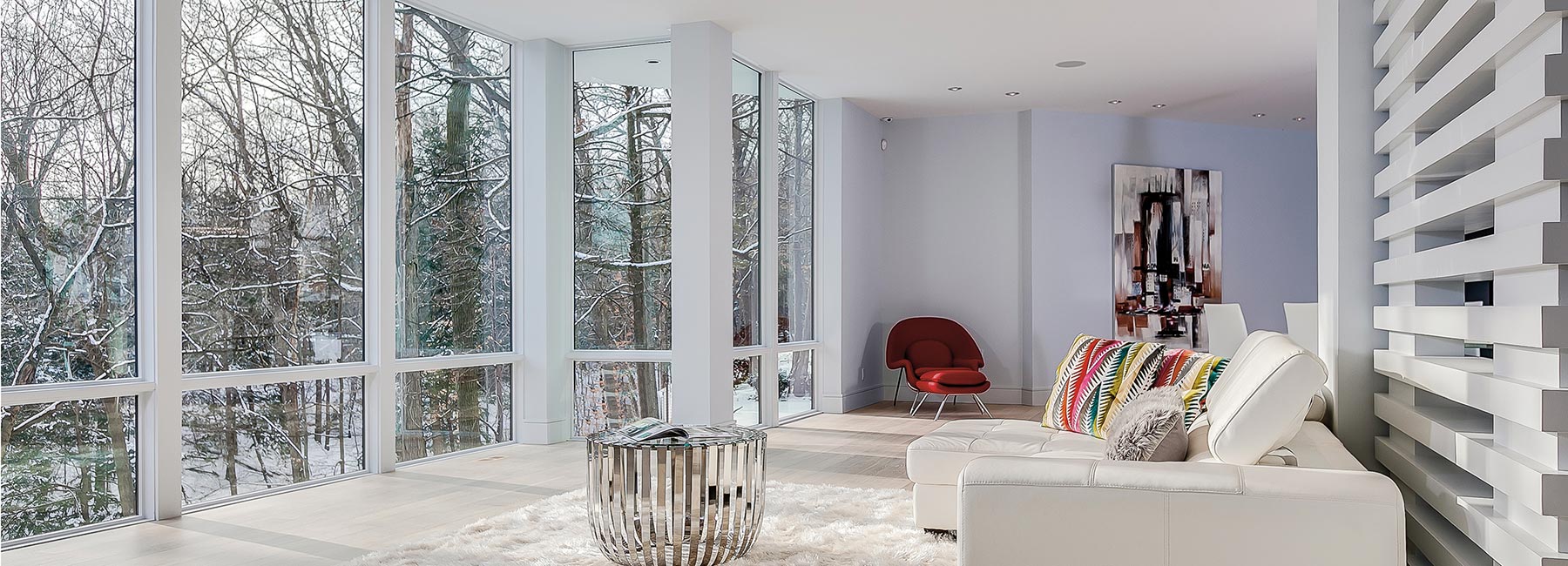FAQs: Energy Efficient Windows & Doors

When it comes to home improvement, energy efficiency is a hot topic—and for good reason. Investing in energy efficient windows and doors can lead to lower energy bills, enhanced comfort, and even increased home value. But what exactly does energy efficiency mean in this context, and how can you make the best choices for your home? Let’s dive in.
1. What does energy efficiency mean for windows and doors?
Energy efficient windows and doors are designed to minimize heat loss in the winter and keep heat out in the summer. This is achieved using advanced insulation technologies such as:
- Multiple panes of glass
- Gas fills (argon or krypton)
- Low-emissivity (Low-E) coatings
- Weather-resistant framing materials
By reducing unwanted heat transfer, these features help regulate indoor temperatures, cutting down on heating and cooling costs while improving overall home comfort.
2. How do I know if a window or door is energy efficient?
When shopping for windows and doors, look for certifications such as:
- ENERGY STAR® – Indicates compliance with strict energy efficiency guidelines
- NFRC (National Fenestration Rating Council) Label – Provides detailed performance ratings, including:
- U-Factor: Measures heat transfer; lower values indicate better insulation.
- Solar Heat Gain Coefficient (SHGC): Measures how well a window blocks heat from sunlight.
Checking these ratings ensures you’re getting the best efficiency for your climate.
3. What type of glass is best for energy efficient windows?
Glass selection plays a significant role in energy performance. The most effective choices include:
- Double-pane or triple-pane glass with insulating gas fills (argon or krypton)
- Low-E coatings that reflect heat while allowing natural light to pass through
- Triple-pane glass for extreme climates like Alaska, offering superior insulation and reduced heat loss
4. Vinyl, fiberglass, or wood: Which is the most energy efficient window material?
Each material has its own strengths:
- Vinyl – Affordable with good insulation, though it may expand and contract with temperature changes
- Fiberglass – Highly durable with excellent insulation and minimal expansion or contraction
- Wood – Naturally insulating and aesthetically appealing but requires more maintenance
The best option depends on your climate, maintenance preferences, and budget.
5. How do energy efficient doors help reduce heating and cooling costs?
Energy efficient doors are designed to prevent air leaks and heat transfer using features such as:
- Insulated cores for better thermal resistance
- Low-E glass inserts that minimize heat gain or loss
- Weather stripping to seal gaps and improve air tightness
By keeping indoor temperatures stable, these doors help reduce energy use and lower monthly bills.
6. Are sliding glass doors energy efficient?
Sliding glass doors can be energy efficient when they include:
- Double or triple-pane glass for better insulation
- Low-E coatings to regulate heat transfer
- Insulated frames that prevent heat loss
However, they may not be as airtight as hinged doors, making proper installation and material quality crucial.
7. What is Low-E glass, and why is it important?
Low-emissivity (Low-E) glass has a thin, invisible coating that reflects heat while allowing light to pass through. The benefits include:
- Winter: Retains indoor heat
- Summer: Reduces heat gain from the sun
- UV Rays: Blocks most of the sun's harmful UV rays to prevent your furniture and carpet from fading
This technology significantly improves the energy efficiency of both windows and doors.
8. Do energy efficient windows and doors increase home value?
Absolutely! Homes with ENERGY STAR-certified windows and doors attract buyers due to:
- Lower energy bills and long-term savings
- Improved comfort year-round
- Environmental benefits, reducing carbon footprints
- Modern energy efficient windows and doors enhance curb appeal, making your home more marketable
9. Are energy efficient windows and doors worth the investment?
Yes! While they may have a higher upfront cost, the benefits include:
- Lower utility bills due to reduced energy consumption
- Increased home comfort by maintaining consistent indoor temperatures
- Long-term savings, especially in extreme climates like Alaska, where heating costs can be significant
10. What are the best energy efficient windows for my Alaskan homes?
Pella® Windows and Doors offer some of the best performing energy efficient windows for Alaska's extreme climate. Their foam filled, insulated frames, numerous glass options, and superior installation methods make their products exceptionally energy efficient. The following windows and patio doors have energy efficient options that meet or exceed ENERGY STAR® guidelines in all 50 states:
- Pella® Impervia® windows and patio doors feature sturdy, proprietary fiberglass frames for unmatched strength and lasting durability plus triple-pane and Low-E glass options for ultimate energy efficiency.
- Pella® Lifestyle Series windows and patio doors feature innovative wood frames with between-the-glass blinds option for beauty, durability and style flexibility plus triple-pane and Low-E glass options for ultimate energy efficiency.
Upgrading to energy efficient windows and doors is one of the smartest home improvements you can make. Whether you’re looking to cut costs, improve comfort, or boost home value, these upgrades offer long-lasting benefits. When choosing new windows and doors, look for ENERGY STAR certifications, Low-E glass, and high-quality materials to maximize performance.
Considering a window and door upgrade? We can help! As a Certified Pella Contractor, we’ll not only find the right replacement window or door solution for your home, but we guarantee it'll be a stress-free experience. Contact us today to begin exploring the best energy efficient options for your home!
March 10, 2025 in Home Remodeling, Windows and Doors and tagged alaska windows & doors, energy efficient doors, energy efficient windows, Pella Certified Contractor. Bookmark the permalink.
